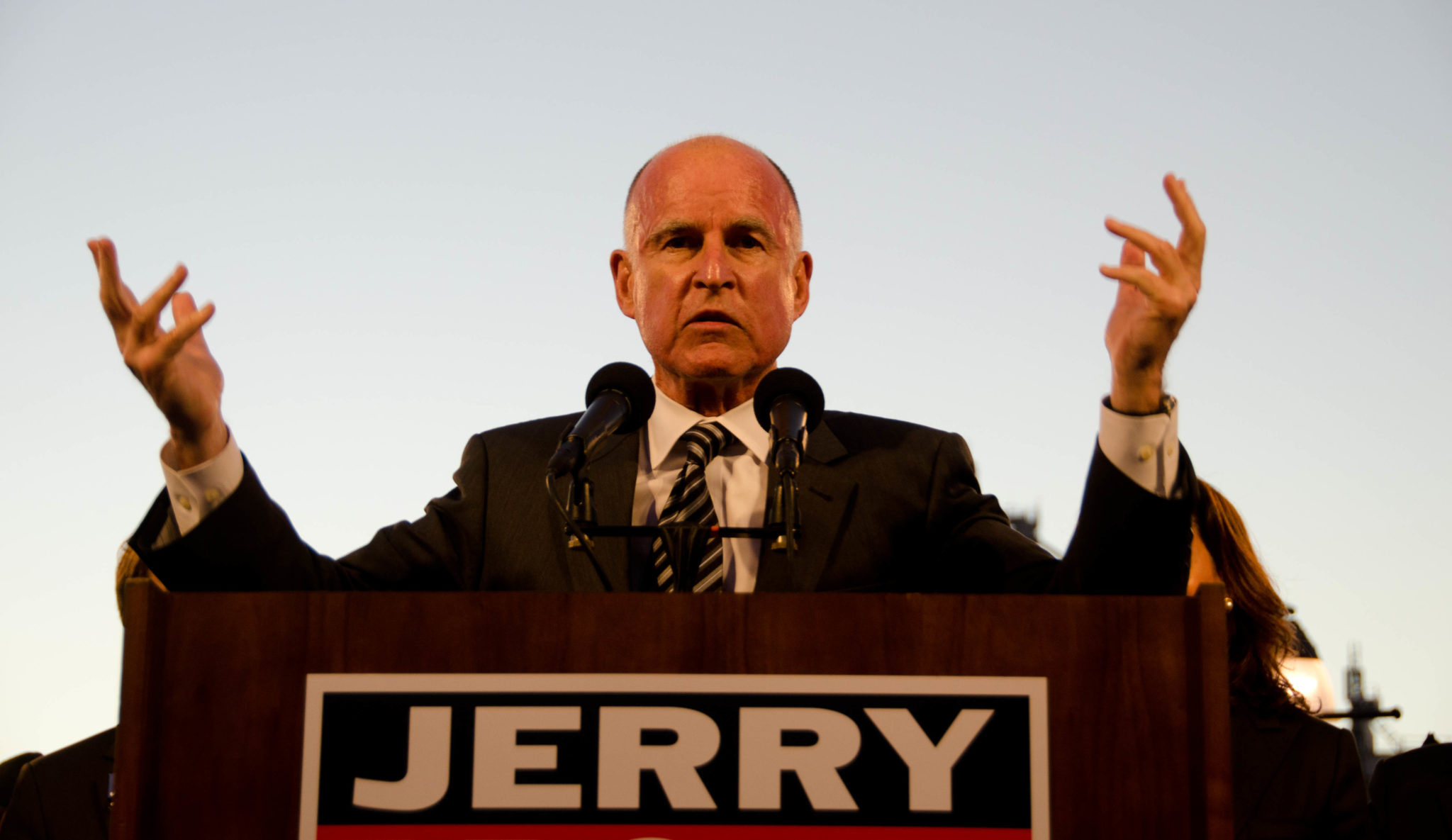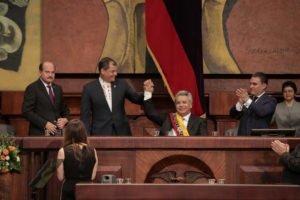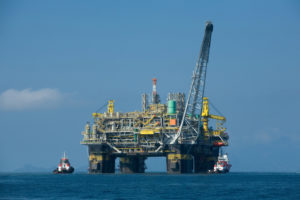Read in Chinese 中文版本
At a time when President Trump is moving the country in the wrong direction on climate change, Governor Jerry Brown’s bold moves to place the state at the forefront are most welcome. His recent trip to China is no exception. He urged the country to be the world’s climate enforcer and asked for its help on further greening California’s economy.
But before making California an enthusiastic partner of China on climate action, Brown must address the significant climate impact of China’s foreign investments and of California’s contributions to those impacts.
That’s because Chinese funding of fossil fuel infrastructure in the Amazon, and California’s imports of much of that oil, generate a triple carbon impact: from the burning of the oil, the emissions released when cutting down the rainforest, and the destruction of the world’s largest carbon sink.
The Amazon rainforest is one of the most biologically diverse regions of the world. It’s essential to preserve in order to combat climate change. Yet today, Ecuador is opening up new, pristine Amazon indigenous rainforest territory to oil drilling, funded and propelled by China. And, though it seems counterintuitive, much of Ecuador’s oil ends up in California.
Chinese development banks and state-run companies have invested heavily across Latin America, including in Ecuador, in the past several years. Since 2010, the China Development Bank and China Export-Import Bank have provided US$15.2 billion in loans.
Many of these loans must be paid by the sale of oil or fuel from Ecuador’s state-run Petroecuador to China’s state-run PetroChina International. After the recent collapse of crude prices, Ecuador must now drill even more oil to service its debt. Chinese investment is thus driving a new and destructive oil boom in the Amazon rainforests of Ecuador.
Instead of going to China, however, roughly 60% of Ecuador’s Amazon crude makes its way to the US, and more than half of that to California. It is processed in California refineries and sold throughout the state, as Amazon Watch revealed in a 2016 study.
California ranks third in the nation for refining capacity and, in 2016, about 10% of its fuel stock came from the Western Amazon. In fact, Ecuador ranks second only to Saudi Arabia in supplying crude oil to these refineries.
The impacts of drilling in the Amazon rainforest are dire both for its world-renowned biodiversity – areas of Ecuador’s Amazon boast some of the highest rates of species diversity and endemism in the world – and its indigenous peoples, many of whom have long rejected controversial drilling plans on their lands.
These forests and people already suffered through the world’s largest environmental disaster in history due to previous oil drilling by companies like Texaco (now Chevron) and state-run oil companies. The risks that the Amazon rainforest and its indigenous protectors face cannot be ignored if Brown and China truly want to prevent climate catastrophe.
As long as the current US administration will not provide leadership on climate, it is important for California to look elsewhere for willing and able partners. But the state must assess the full climate impacts of its own supply chains, and assure that its partners do, in fact, have a commitment to global climate leadership.
With so much Amazon crude coming to California, spurred by Chinese investments, Brown has an incredible opportunity to contribute to the protection of the Amazon rainforest and to triple the reduction of California’s climate impact. He can act to end Amazon crude. We hope he will seize this opportunity.
This article was originally published on The Mercury News and is republished here with permission.








